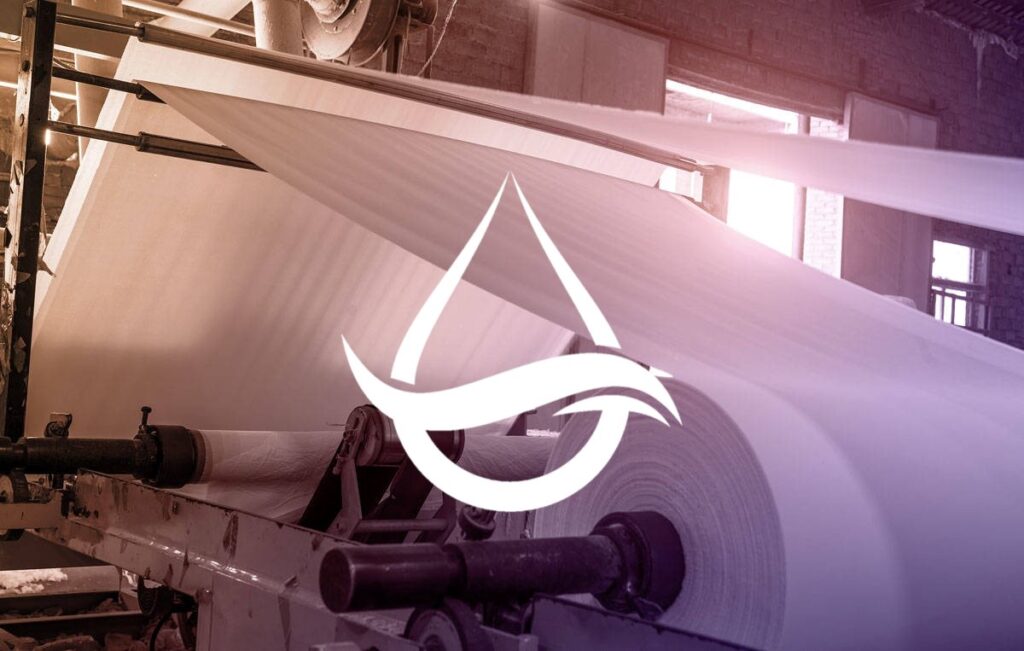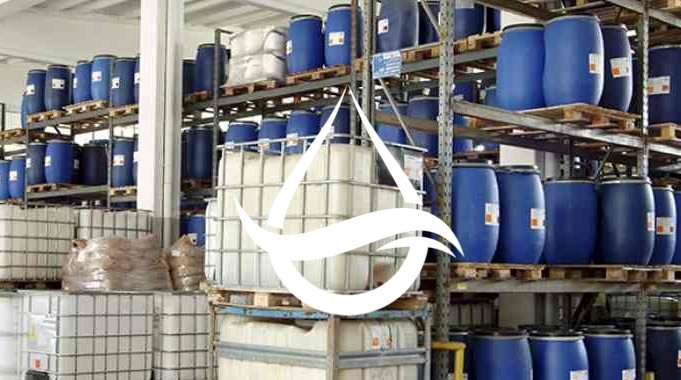Sizing Operations
Introduction
In the paper industry, the fibers used have a high tendency to react with water, which is due to the hydrophilic nature of cellulose fibers.
The process that makes fibers resistant to water penetration is called “sizing”.
This process sizing operations and additives in the paper industries the surface of fibers impermeable to water due to the addition of chemicals.
This is very important when the paper is used for printing purposes.
Because this process prevents the ink from spreading on the surface of the paper or leaking to the back of the paper.
Without sizing, liquids spread across the paper’s surface, a phenomenon known as feathering.
There are various sizing materials such as rosin, paraffin waxes, and other wax-based solutions, as well as synthetic materials such as AKD and ASA, which make the paper hydrophobic according to the user’s needs.

Internal Sizing requirements include the following:
The sizing agent should be easily available and have a stable chemical composition
Sizing materials should be able to spread well in cellulose fibers.
These materials should have a good storage capacity in the terminal
Manufacturers require that the molecules in these materials orient themselves effectively in the suspension solution so that their hydrophobic heads do not face the fibers.
To minimize costs, these materials must possess optimal water repellency capacity for effective sizing.
These materials should not cause negative effects and side problems in the paper production process.
Paper sizing can be done in different ways:
internal sizing, surface sizing , or external sizing.
Paper manufacturers generally use three types of external sizing: acidic sizing (alum-rosin), neutral sizing, and alkaline sizing.
In internal sizing, manufacturers add materials to the pulp and mix them thoroughly, while in external sizing, they apply materials to the paper’s surface.
Acidic sizing (alum-rosin) has always been the most popular sizing process in papermaking due to its cheaper and reliability.
Of course, neutral processes (use of certain compounds of rosin) and alkaline processes (use of ASA or AKD) have been expanding strongly in the last few years.
The most important factor behind the transition from acidic Sizing to neutral or alkaline sizing is the need for papers with special characteristics and environmental issues.
Among the weaknesses of the acid sizing process the negative impact on the durability and longevity of the paper the limitation of the use of calcium carbonate.
which has been increasing in the use of this material in the paper industry in the last few decades the phenomenon of corrosion in machines and equipment and the reduction of paper clarity.
Some of the benefits of AKD include the following
Increasing the life of equipment for less corrosion
Increasing color brightness and optical properties of paper
Increase paper durability
Positive effect on machinery speed due to better drainage
Improving the surface smoothness of paper
Note:
Keep in mind that the consumption of AKD has an optimal point and if the amount of consumption is higher than this point no change may occur in the paper or even cause a reverse effect on the quality of the paper.









